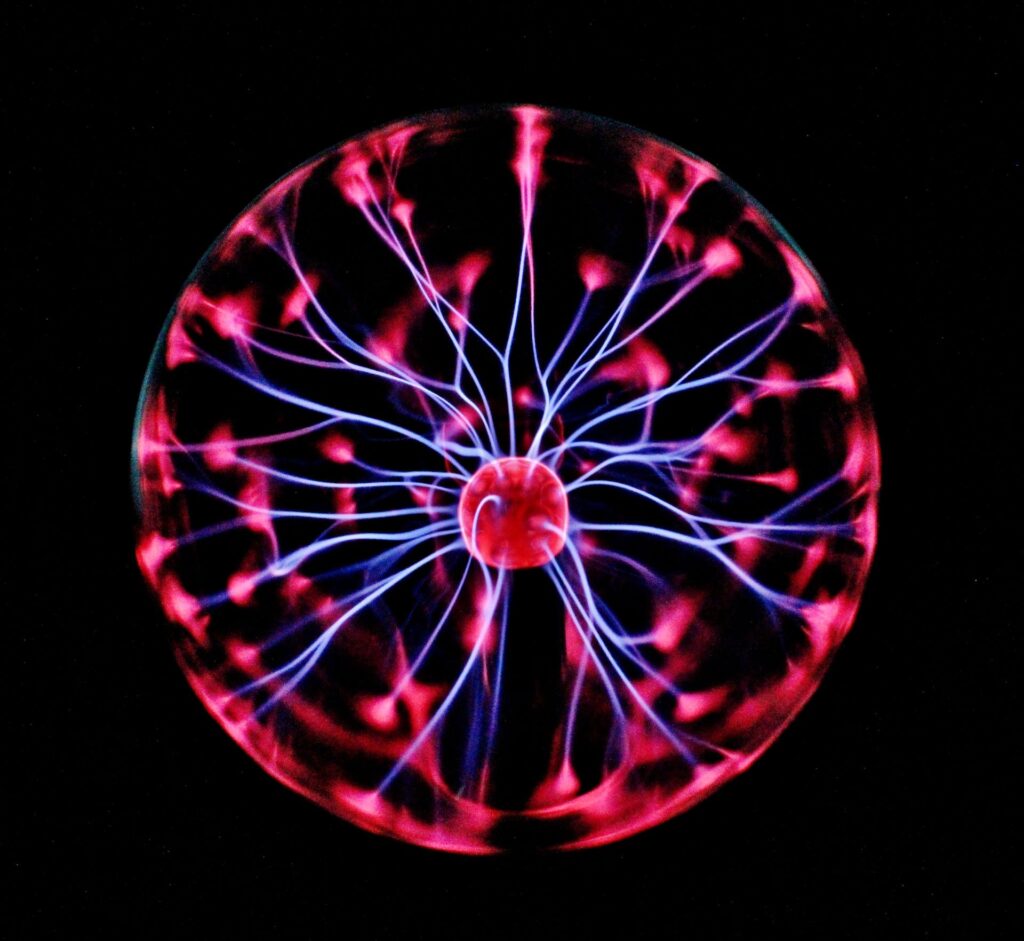Generative Adversarial Networks (GANs) have revolutionized the field of machine learning by introducing a powerful framework for generating realistic and high-quality synthetic data.
Understanding GANs
What Are GANs?
Generative Adversarial Networks (GANs) are a class of machine learning models consisting of two neural networks—the generator and the discriminator—engaged in a game-theoretic framework. The generator produces synthetic data, while the discriminator distinguishes between real and generated data. Through adversarial training, these networks iteratively improve their performance.
The GAN Architecture
The GAN architecture comprises two main components:
Generator: The generator network creates synthetic data samples by learning to map random noise to the data distribution. It aims to produce data that is indistinguishable from real data.
Discriminator: The discriminator network acts as an adversary, differentiating between real and fake data. It learns to classify data as real or generated.
Adversarial Training
During training, the generator and discriminator engage in a min-max game. The generator aims to fool the discriminator by producing increasingly realistic data, while the discriminator gets better at distinguishing real from generated data. This adversarial dynamic leads to the refinement of both networks.
The Training Process
Objective Function
The training of GANs involves an objective function that guides the two networks. The generator seeks to minimize the probability of the discriminator making correct classifications, while the discriminator aims to maximize its accuracy in distinguishing between real and fake data.
Challenges in Training GANs
Training GANs poses several challenges:
- Mode Collapse: The generator produces limited varieties of output, ignoring parts of the input space.
- Instability: The min-max game can lead to oscillations or lack of convergence in the training process.
- Hyperparameter Sensitivity: GAN performance can be highly sensitive to hyperparameters.
Techniques for Improvement
To address these challenges, various techniques have been developed, including:
- Regularization Methods: Techniques like weight clipping and gradient penalties are employed to stabilize training.
- Architectural Modifications: Network architecture changes, such as adding skip connections and using different activation functions.
- Alternative GAN Formulations: Variants like Wasserstein GANs and conditional GANs have shown improved stability.
Applications of GANs
Image Generation and Manipulation
GANs have gained notable attention in image generation tasks. They can create highly realistic images, generate artwork, and even manipulate images by changing attributes like age, gender, or style.
Video Synthesis
In addition to images, GANs have made significant progress in generating and editing videos. They enable video synthesis, manipulation, and even the creation of deep fakes.
Text and Speech Generation
Recent advancements have extended GANs into text and speech generation. They can generate coherent text, create natural language dialogue, and even imitate specific writing styles.
Ethical Considerations and Challenges
Ethical Implications
The capability of GANs to create highly realistic content raises ethical concerns. It has the potential for misuse, particularly in creating deep fakes or counterfeit content.
Data Privacy and Bias
The generation of synthetic data raises questions about data privacy and fairness. GANs could inadvertently perpetuate biases present in training data.
The Future of GANs
Challenges and Opportunities
The field of GANs continues to evolve, and future research will likely focus on mitigating challenges such as mode collapse and instability. Furthermore, GANs are expected to expand into new domains and applications, potentially transforming industries like healthcare, gaming, and more.
Conclusion
Generative Adversarial Networks represent a groundbreaking advancement in the realm of machine learning. Their ability to generate high-quality synthetic data has opened the door to numerous applications in image and video generation, text synthesis, and more. While GANs hold great potential, their ethical implications and technical challenges remain areas of continued exploration and development.
References:



